I’ve tried a few methods of composting in the past with little success so the idea of creating compost right in my kitchen using an electric composter was definitely appealing – but is it too good to be true? To say I had a few questions is an understatement! For starters:
- How is it possible to create soil from kitchen scraps in hours when normally it would take months or even longer?
- Is the electricity/time trade-off worth it?
- Is the product really like a rich soil like they show in the pictures?
- Does it smell – either while processing or after?
- How useful is the product created by such an appliance?
After some initial research and experimentation, I think electric composters can be a valuable addition to a home, especially if you live in colder climates where composting can get tricky. You should be aware though that the product created by most of these appliances isn’t finished compost. You’ll need a plan for managing this new form of food waste to really take advantage of their value. I think there’s hope for them being a good tool for diverting food waste from our landfills and the goal of this series is to give us some answers to help make them work for us and the planet.
First, let’s look at some things we’ll need to know before purchasing an Electric Composter such as the FoodCycler, the Lomi, or any of the host of brands now available.
What is Compost?
Compost is a mixture of decayed or decaying organic matter used to fertilize soil. Compost is usually made by gathering plant material, such as leaves, grass clippings, and vegetable peels, into a pile or bin and letting it decompose as a result of the action of aerobic bacteria, fungi, and other organisms.
Composting Methods I’ve Tried
While my parents and several of my siblings have had successful composting experiences, I’ve not been so lucky. I’ve tried:
- A black / hot composting bin – It got smelly and turned into a soupy mess unless I had it in a shady corner and then nothing happened.
- Direct digging – It seemed to take forever and I quickly ran out of blank space in the garden in which to dig.
- Open bin / cold composting – This was my most recent attempt attempt at composting that seemed to take a long time to work. In fact, after about 2 years of using it, we sold the cottage before I could use any finished compost.
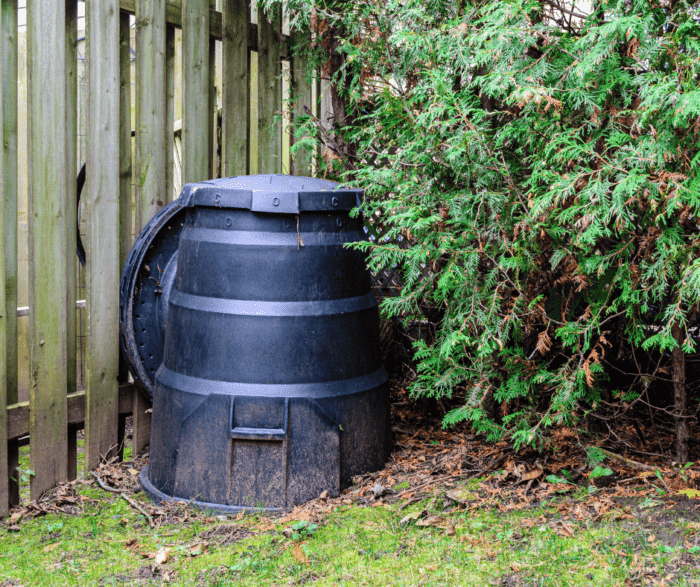
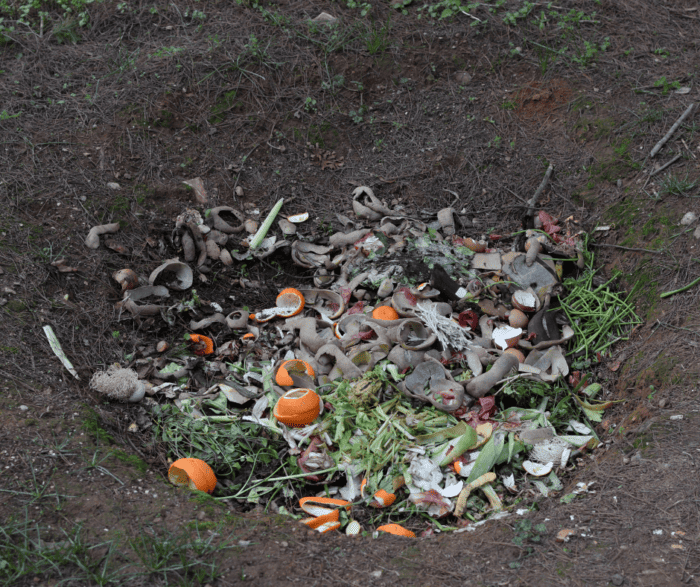
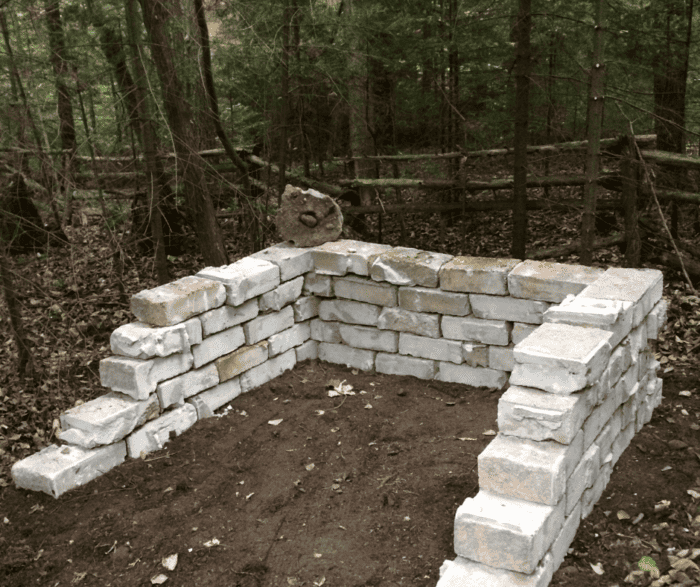
None of the above have been very successful – to the point where Brian’s reluctant to try any kind of composting again. Granted, I probably made mistakes with each of these methods but if a consistent, delicate balance over time is required I’m probably not the person to make it work!
Still, I want to reduce the amount of waste we send to the landfill and find a way to use the nutrients we’re throwing away. There must be something I can do! Naturally the idea of a device that can create compost immediately and without the mess or smell appeals to me. Unfortunately, these appliances can be costly so I decided to do some more research before deciding to purchase one.
Electric Composters: How They Work
While the size, shape and mechanics may differ between brands, most electric composters process food scraps in similar stages:
- Heat the food scraps enough to dehydrate the material and kill pathogens
- Grind the remaining material into fine particles
- Cool the product before it can be removed from the unit.
Cycle times can vary, not only by brand but by the type of scraps you’re processing. Most manufacturers post a 1-8 hour typical cycle time and energy usage of about 1 – 1.5KW per cycle. That’s about the equivalent of a small space heater running for an hour.
Advantages and Disadvantages of Electric Composters
Even before examining the usefulness of the product created in this way, I can think of some easy advantages and disadvantages of using an electric composter:
| ADVANTAGES | DISADVANTAGES |
| Reduced time to process food waste – Waste is reduced in volume within hours | Initial cost – There’s a definite barrier to entry for many households. |
| Reduced effort to deal with food waste – The machine does all the work as long as you input reasonably sized food scraps | Initial environmental impact – It has to be manufactured and shipped creating an environmental impact. |
| No smell or mess -The units are completely enclosed and have complex carbon filters to remove smell from any output. | Limited scale – The amount of food scraps you can process at any one time is limited by the size of the bucket. If you are vegan, be prepared for a unit to be running constantly! |
| No bugs or other pests – Don’t get me wrong, I love bugs and animals but a compost heap can get overrun with them if not managed properly. | Ongoing costs – The cost of electricity to run it while small can still be counted. Plus many units have filters that require regular replacement. |
| Less waste going to the landfill – As long as you can use the product on site. | Product should not go to landfill – Preliminary studies have shown that while the volume of waste is drastically reduced, it would take longer and produce as much methane gas as untreated waste in the landfill. |
| Easy storage of the product for future use – This is especially meaningful for cold climate dwellers like us. | They don’t actually make compost – read on! |
The biggest downside to an electronic composter that I can see so far is that few of them appear to actually make compost. Going back to the definition of compost above, it doesn’t seem like there is any aspect of aerobic bacteria, fungi, or other organisms at play in the process. As far as I can see, all we’re making is dehydrated, ground up food.
Are Electric Composters Useless Appliances?
Given the few, mostly convenience-based advantages and the environmental disadvantages of electric composters noted above, I still don’t think they’re completely useless. If you can find a way to use the product at home they could be a pretty big win for our gardens and the environment. While not confirmed (yet), I can see some possibilities that could make these appliances valuable additions to your home:
- If you live in a cold climate like we do, they could be a reliable way to store food scraps in winter for composting in warmer weather.
- Create a smaller piece of food waste which should compost faster when added to traditional composting methods.
- Could reduce smells created by improper compost composition, thus not attracting pests of all kinds. Our pests here in the woods can be anything from flies to skunks or racoons to bears!
The idea of electric composting appears to hold enough promise to keep me engaged!
Our Municipal Waste Diversion Pilot Project
As we were moving into our new home, I saw a post from our Municipality that they were going to be running a pilot project in cooperation with FoodCycler by Vitamix. According to the publication I received “The purpose of the FoodCyclerTM Pilot Program is to measure the viability of on-site food waste processing technology as a method of waste diversion. By reducing food waste at home, you can support your municipality in their environmental goals, reduce your household’s carbon footprint and extend the life of your community’s local landfill.”
The infrastructure for waste disposal in our area is limited; our dumps are quite small and our household waste is trucked away after the weekly collection. This results in higher costs to the municipality (and property owners through taxes) and higher emissions as the trucks run. It makes sense that we should want to do all possible to reduce the overall costs of disposing of waste.
I understand there are a number of pilot programs going on across Canada. If you’re intrigued by the idea of electronic composters too, you can check with your municipality to see if they have similar programs in place.
I Purchased a FoodCycler
What perfect timing for this Pilot Project! I quickly applied to be a participant in the pilot program and soon my application was accepted. I was able to purchase my FoodCycler and take advantage of the subsidized cost provided by the Municipality.
Soon I had my FoodCycler in hand and familiarized myself with the proper operation and care of the unit. Then I was ready for some experimentation of my own!
Where Do I Keep My FoodCycler?
My plan was to keep the FoodCycler unit in our pantry. I soon discovered that it, plus the freezer and bar fridge we already have in there, would create a warmer environment that I’d like for a pantry. So, after pulling it out of the pantry and into the kitchen to run, and about 6 cycles to make sure I was using the electric composter properly, I moved it to the garage. I know it’s not a pretty set-up, but we plan to build a bench/storage unit and it will have a permanent home there.
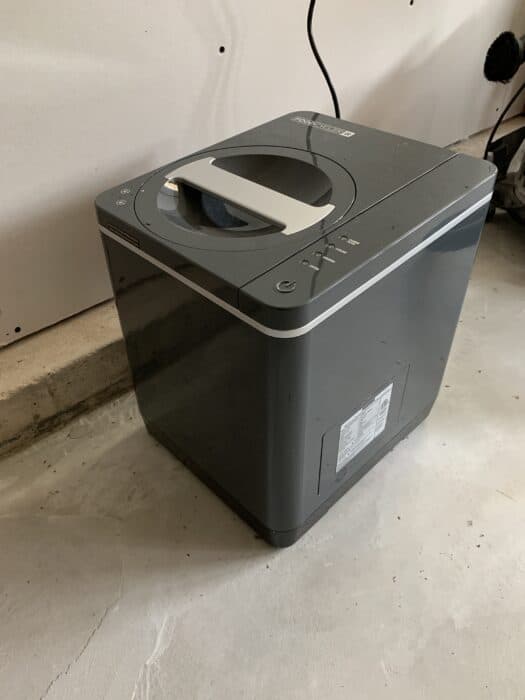
Does an Electric Composter Reduce Waste Going to Landfill?
It certainly does reduce our waste overall! You should know something about me, to help quantify the amount of kitchen waste we produce: I’ll often throw out a significant amount of plant based food as I go off our meal plan or get lazy with food prep regularly. OH! Also, I am not adding any animal product other than egg shells to my FoodCycler. We’ve gone from often using 1 to 1.5 90L garbage bags weekly to using 1 not quite full bag. That’s an immediate win!
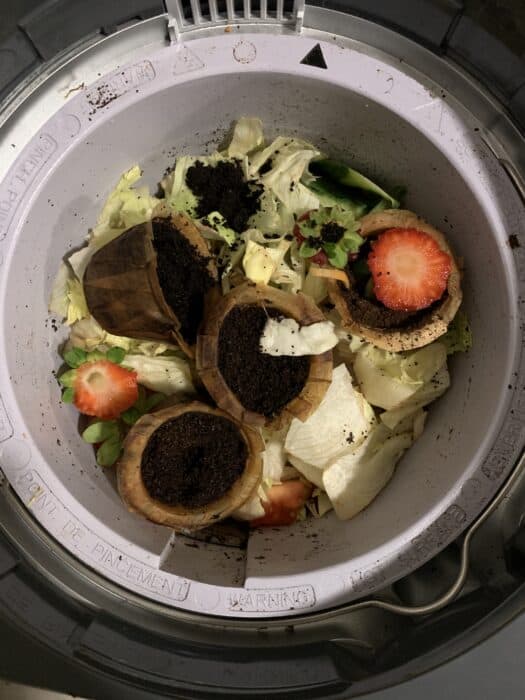
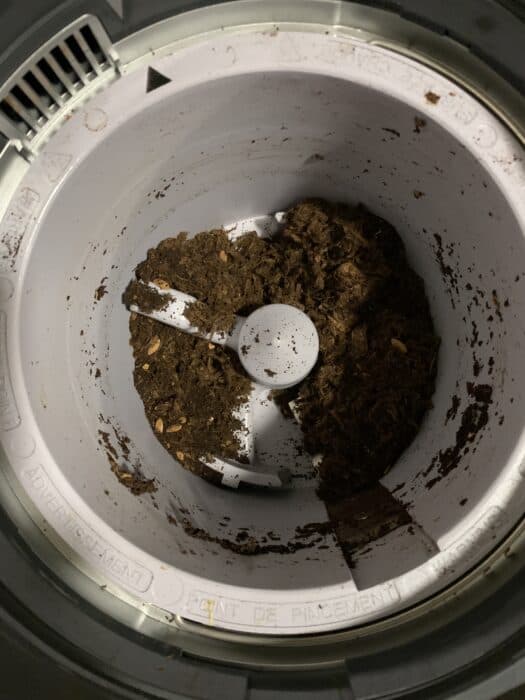
You can clearly see the reduced volume of food waste in the pictures above. To put that into even more perspective, the picture below shows the sum of our plant based food waste for three months. Doing some quick garbage bag math, that saved about 4 more 90L bags from going to the landfill. Less waste and less plastic from those bags too!
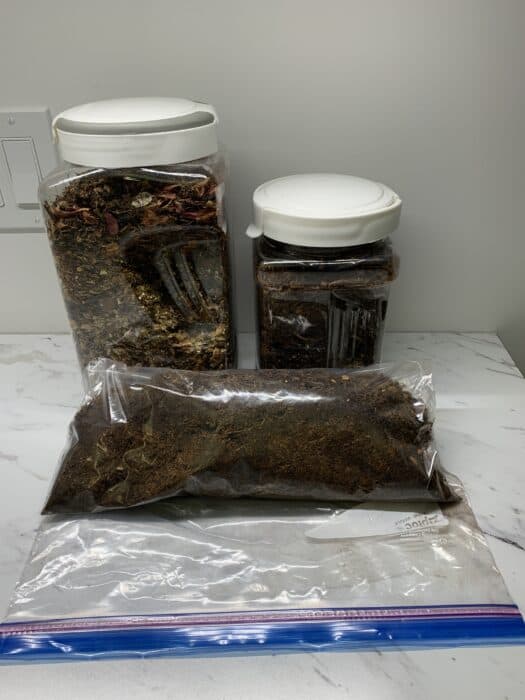
Reduced Volume in Landfill – But Does it Reduce Emissions?
In my research so far, it appears that this reduction in waste going to the landfill is a huge win as long as you don’t send the product to the landfill. While none of the articles gave solid evidence or measurements of what happens to this waste in a landfill (anaerobic decomposition) setting, their argument against it intuitively has merit: while the form of the waste has changed, it still requires the same decomposition process which will create methane emissions. I found the best explanation on the Lomi site:
“Food waste and other organic materials produce methane and carbon dioxide during the decomposition process. The aerobic composting process does not produce as much methane as anaerobic composting because aerobic composting requires ventilation. Methane-producing microbes are not active when exposed to oxygen so they are less common in aerobic composting. Most household composting is considered to be aerobic. So if you are composting indoors or are backyard composting, you aren’t producing much methane.”
Lomi
That’s why we want to keep our food waste out of the landfill. But we still need to do something with it.
Does an Electric Composter Produce Compost?
Generally … Nope! It does however make a product that should compost faster as the particles are much smaller than what you would normally put into a traditional composter. That’s a theory right now, stay tuned for the experiments!
They really need to come up with a better name for these appliances as I’m not sure any would make real compost.
What to Do With Electric Composter Product?
Now that we know the product of the process is simply a dry, shredded or ground version of your food scraps, and not garden ready nutrients, it seems like we’ve not made any really real progress beyond reducing the volume of the waste. However, I can see that there is a potential for using the product of the electric composter in an easier way than the traditional compost methods I’ve tried in the past.
In many online resources I’ve checked, it is not recommended to add the product directly to active/established garden beds. Two things could result:
- It could burn the existing plant roots due to the concentration of nutrients
- It would steal resources from the existing soil and organisms while it composts.
I even found one experiment that produced a smelly, moldy mess when it was added to the garden. Yuck!
So, what do you do with this stuff?! Off the top of my head, here’s what I think you could do with the product of an electric composter:
- Put it into your traditional compost system.
- Somehow activate the decomposition process to finish the composting process.
- Grind it into even smaller particles and sprinkle directly (broad application only) onto your garden.
- Grind it into a powder, maybe let it ferment a bit and create a compost tea for your garden.
Until we have a compost area set up here at the new place, I’ll be experimenting with using some of our product to experiment using smaller scale composting methods. I’ll store the remainder in a cool dry place while we get set up here. That’s one benefit for sure – easy, odourless storage! Follow me to see my next posts as I experiment and explore these options, and any other composting ideas I discover along the way.
Recent Posts
7 Totally Selfish Reasons to Choose Native Plants for Your Gardens
Grab a cup (or glass) of your favorite beverage, and let's delve into what I’ve learned so far about why it's incredibly important and wildly selfish to embrace landscaping with locally native...
Exploring the differences, benefits and drawbacks of Broadcast Sowing and Frost Seeding for Native plants.
